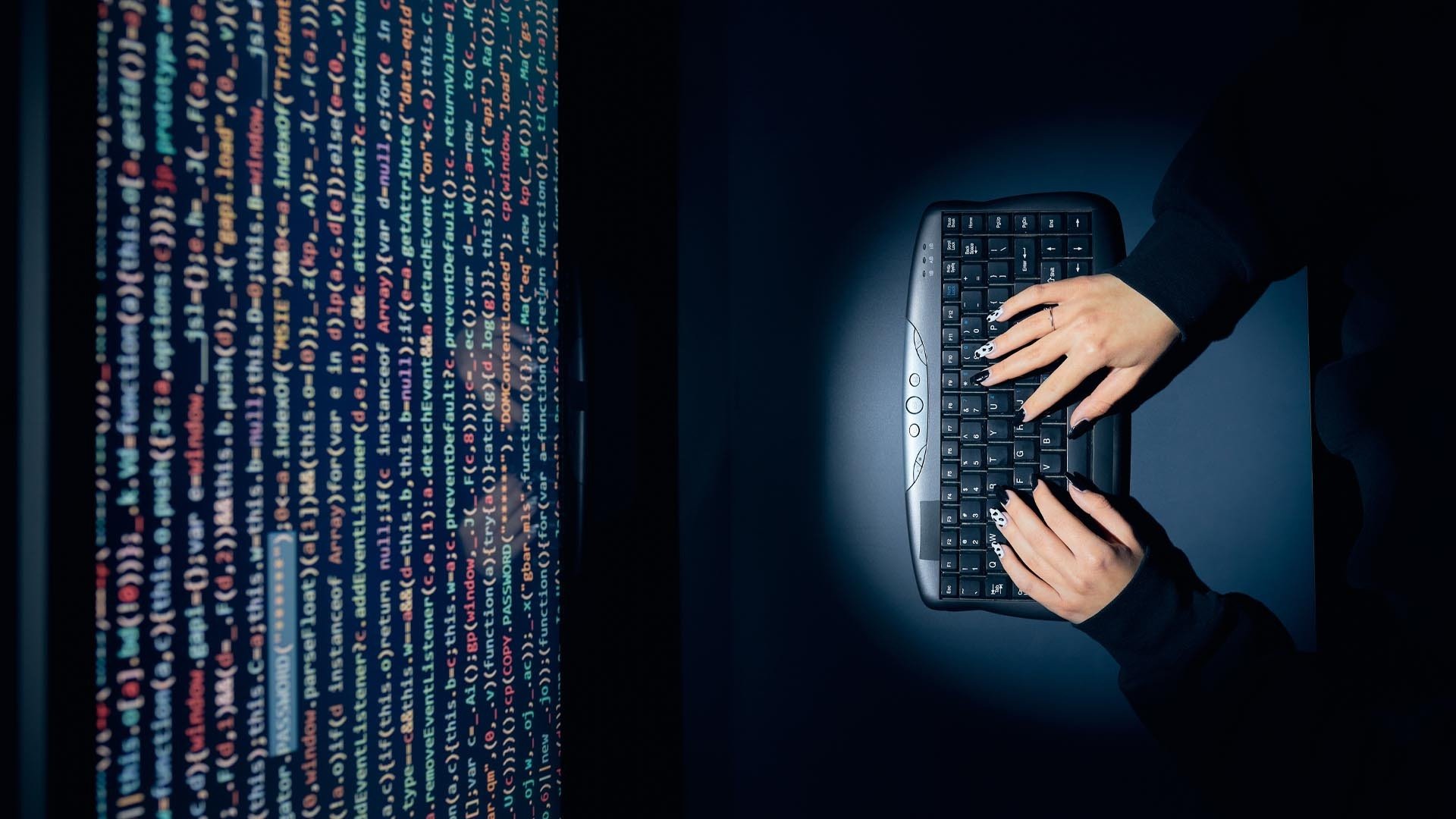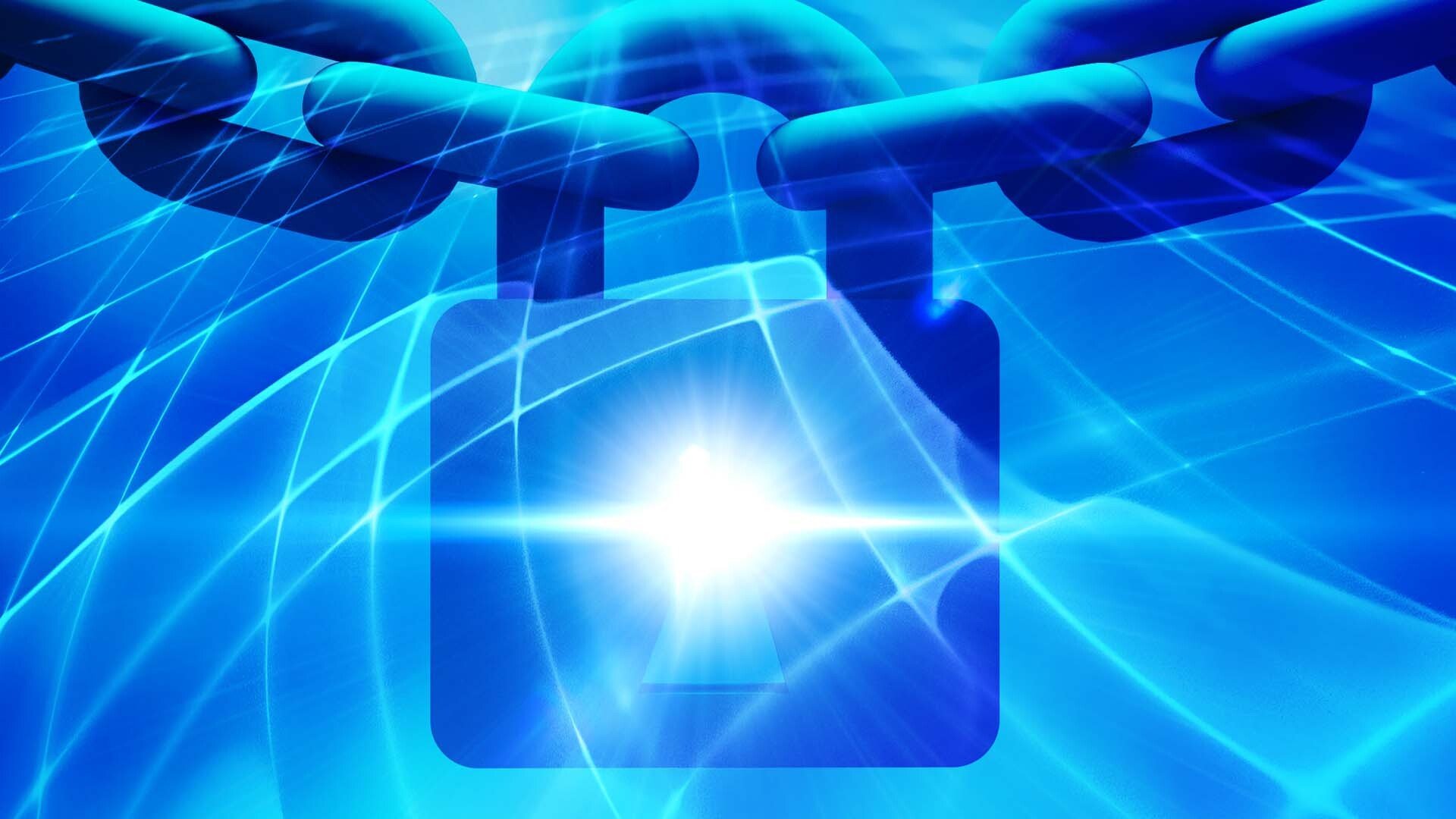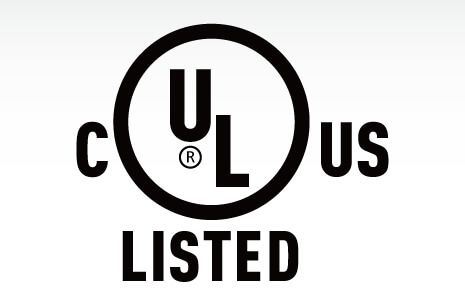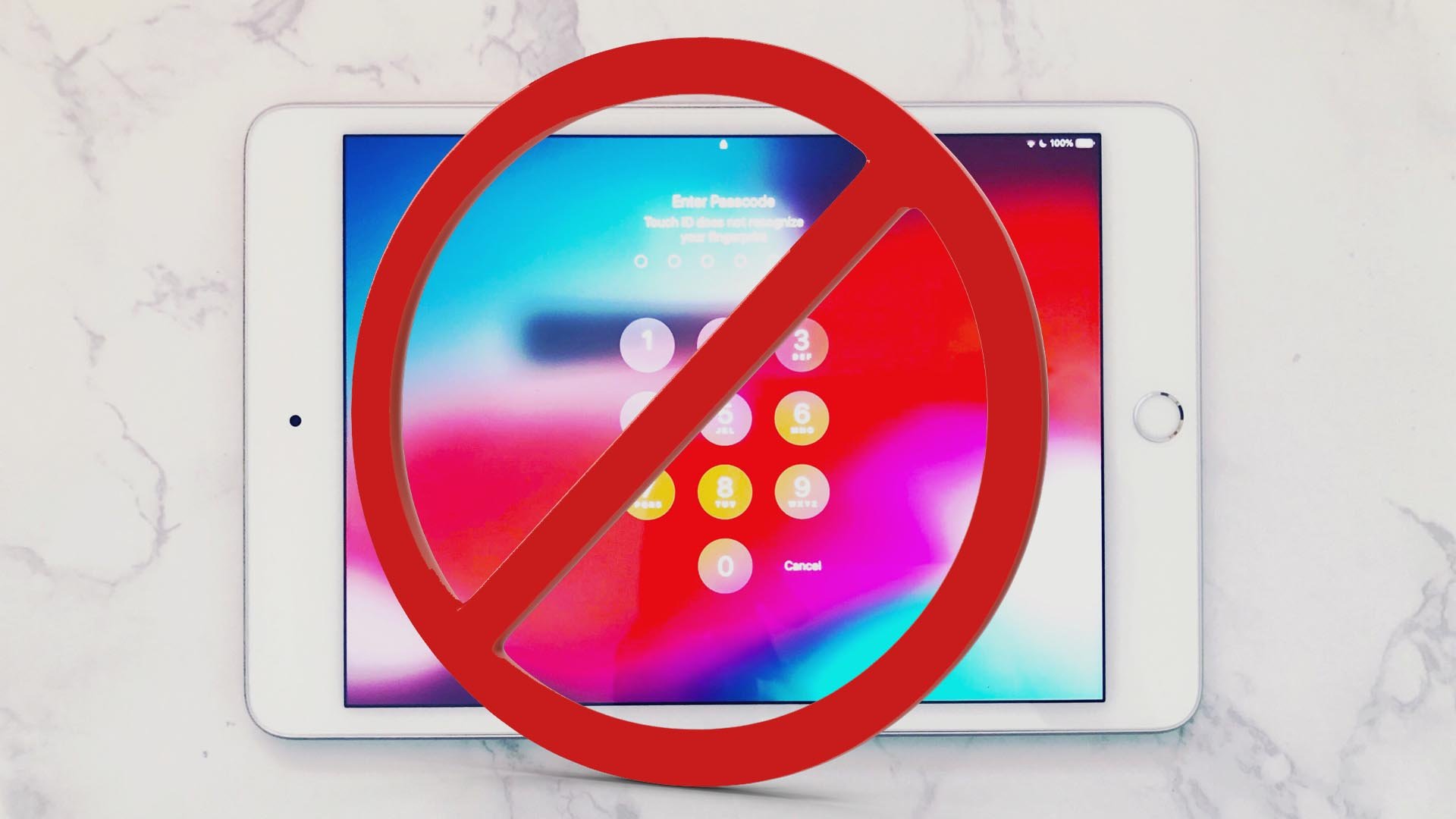3 Ways Patients Benefit from Healthcare-grade TVs
Last Updated July 23, 2024 Fun isn’t typically the first thought that comes to mind when thinking about a hospital stay or an outpatient visit....
3 min read
Kayleigh DeLaet
:
March 10, 2023

In a digitized world, cyberattacks against healthcare organizations are becoming more and more widespread. As hackers become skilled at infiltrating systems, breaches top the list as the biggest threat facing IT departments today.
In 2021, healthcare cyberattacks reached an all-time high, affecting 45 million people – a 32% increase from 2020. While breaches have severe consequences across all industries, they’re most devastating in healthcare, costing an average of $9.23 million per incident.
To make matters worse, Covid-19 heightened the threat of data breaches. During the pandemic, providers were forced to quickly adapt to remote work, leaving networks more susceptible to attack. This revealed that hackers will jump at any sign of weakness – making it imperative to have solid security measures in place.
In this article, you’ll learn why healthcare is a prime target, the biggest security risks in healthcare, and solutions to protect your healthcare facility.

Have you ever wondered why healthcare organizations are frequently pursued by hackers? It’s because providers store hundreds to millions of patient records on their systems, containing valuable personal and financial information.
Social security numbers, bank account numbers, and insurance information are just a few of the items hackers can exploit from medical records. According to the AHA Center for Health Innovation, stolen health information can sell up to 10 times or more than stolen credit card numbers on the dark web.
Stolen medical records can be used to impersonate patients to acquire loans, credit cards, medical services, and prescription drugs. It's also common for hackers to target healthcare systems with ransomware, demanding large payments in exchange for access to patient files.
Patient records are also appealing to hackers because of their vulnerability. Unlike credit cards, which are monitored regularly for fraud, it’s more challenging to identify misuse with medical records. This allows criminals to accumulate large debts before getting flagged – more than is usually possible with stolen credit card information.

IoT Medical Devices
According to HealthTech Magazine, the Internet of Medical Things (IoMT) is a connected infrastructure of medical devices, software applications, and health systems and services. IoT devices are able to generate, collect, analyze, and transmit health data to provider networks.
While IoT devices have opened up a world of possibilities, they also pose new security threats. To make IoT devices user-friendly to medical staff, they typically use default passwords and unencrypted messages. However, this leaves the devices more prone to being hacked.
Additionally, a lack of centralized control over location, network status, and device usage makes securing IoT devices even more challenging.
Staffing Shortages
Between implementing new technology, complying with regulations, and overseeing large sets of data, IT employees are essential for smooth operations. Yet, 55% of healthcare organizations report having fewer than 10 full-time employees in IT security.
Since many hospitals downplay the threat of cyberattacks, they don’t prioritize investing in their IT departments. Findings from Black Book reveal that 84% of healthcare organizations don't have a cybersecurity leader, and 54% don’t conduct regular risk assessments.
With the prevalence of cyberattacks growing rapidly, it’s critical to have enough IT personnel to prevent hackers from gaining access to healthcare networks.
No Employee Security Training
It's well-known in the IT world that phishing, the practice of tricking people into giving away confidential information, is a leading cause of cyberattacks. In fact, hospitals can receive as many as 100,000 phishing emails every year! Despite this, a staggering 24% of physicians can’t identify malicious emails.
Without proper training on security best practices, employees represent one of the biggest liabilities to healthcare organizations.

Limit Access Privileges
One of the biggest security precautions IT departments can take is limiting employee access to confidential information. Access should be restricted to those with a “need to know.”
IT staff can do this by setting permissions using an access control list. This is used to determine which employees can view certain types of data. It’s also possible to use role-based access control, where an employee’s position in the organization determines their access privileges. However, you may need to account for exceptions with this method.
By allowing only authorized users to view sensitive information, providers reduce the risk of data being stolen, deleted, or corrupted.
Have Cloud Data Backups
When a hacker strikes, it’s important to have data backups to ensure medical records don’t become lost or inaccessible. A strong data recovery system will ensure the facility can resume operations with minimal disruption to patients and staff.
Cloud solutions are the best way to guarantee your data is safeguarded. By using enhanced security measures like two-factor authorization and data encryption, cloud technology reduces the likelihood of a data breach.
Use Strong Passwords
As noted by the Department of Health and Human Services, passwords are the first line of defense in preventing unauthorized access to computer networks. Although strong passwords may not deter sophisticated hackers, they can slow them down, and also prevent internal breaches.
Encourage staff to refrain from passwords that include birthdays, names, or any information that can be easily found on search engines or social media sites. Additionally, consider requiring employees to change their password every three months to reduce the risk of password leaks.
With the threat of cyberattacks lurking around every corner, IT departments must be vigilant in protecting data safety and privacy.
By leveraging cloud solutions, limiting access control, and using strong passwords, healthcare organizations can remain one step ahead of hackers.

Last Updated July 23, 2024 Fun isn’t typically the first thought that comes to mind when thinking about a hospital stay or an outpatient visit....

1 min read
Updated December 10, 2024 by Cat Saettel Patients can easily feel lonely during infusion therapy or a hospital stay. Healthcare organizations can...

Health is a fundamental aspect of human life. It affects our ability to work, learn, and thrive as individuals and as communities. However, health is...